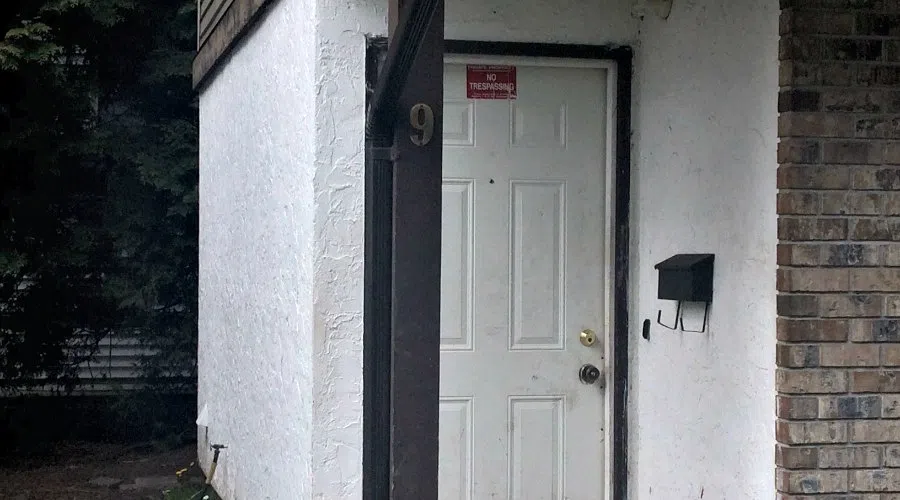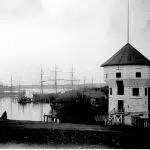
Councillors, RCMP offer differing views on dealing with Nanaimo nuisance properties
NANAIMO — While some Nanaimo councillors are looking for changes to how nuisance properties are dealt with, RCMP and City staff say the current system is effective.
This week, council slapped a nuisance property designation on a unit in a Bowen Rd. townhouse complex. A City staff report said police had been called to the residence 106 times since January 2015.
“This is why I keep harping on the nuisance property bylaw,” coun. Gord Fuller said. “Two years and nothing has been done? Has this even been brought to our attention when it was at 50 calls?”
Fuller called it “ludicrous,” saying he wanted to see a threshold or standard number of calls that would trigger a property for the nuisance designation. “I think the public needs to know that this is going on and it needs to be rectified,” Fuller said.



